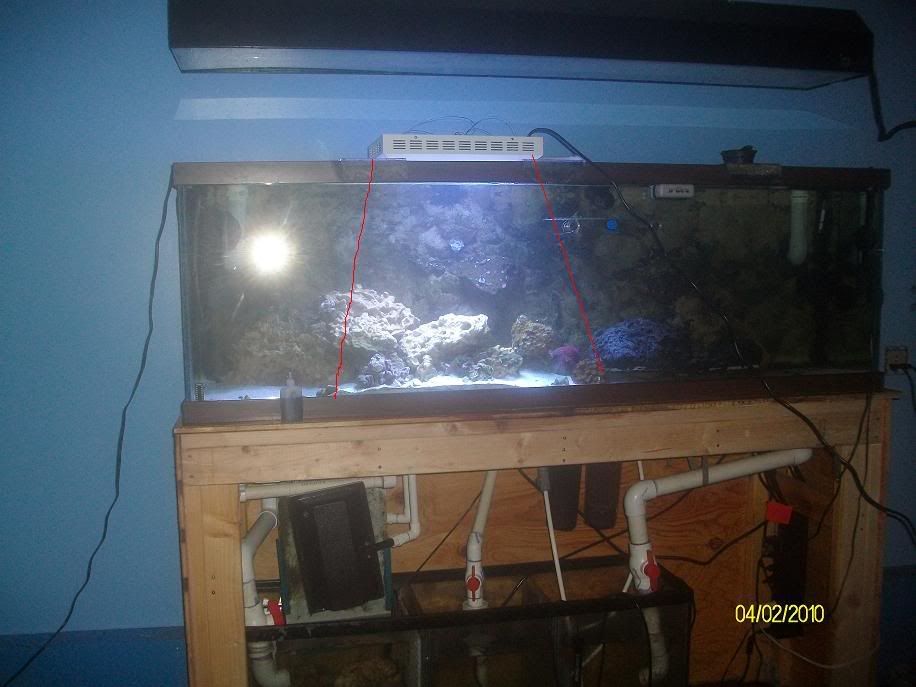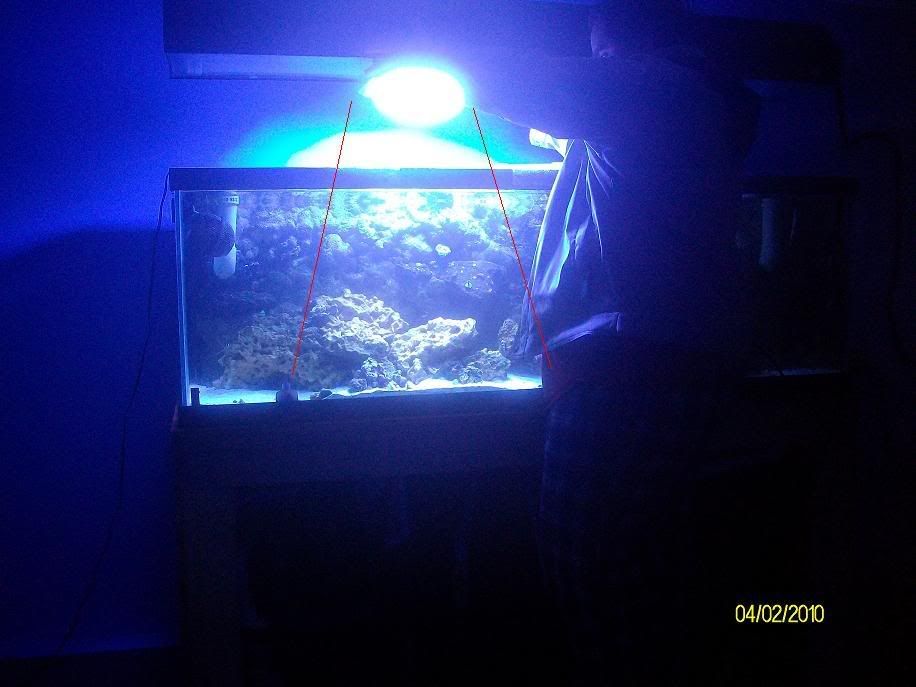You should google "Evilcc66"
This guy has A LOT of diy led info and its too bad I cant give you some links. Hear is an example of some of his writings:
Parts You Need
LEDs (Light Emmiting Diodes)
The obvious thing you are going to need here are LEDs. There are many different manufacturers, models, shapes, colors, and mounting options. Some are a little easier to work with than others, while some are easier to get. The main brands that get used the most for DIY purposes are from Lumileds (Luxeon), Cree, and Seoul Semiconductor. I'll break them down here in detail.
Lumileds (Luxeon)
Probably one of the more well known companies in the high power LED game, they practically pioneered the industry years ago with the introduction of the Luxeon I, III, and V series LEDs. While not the most efficient nowadays, they paved the way from what we have now.
Their models include:
* Luxeon I
* Luxeon III
* Luxeon V
* K2
* K2 TFFC
* Rebel
The K2, K2 TFFC and Rebels are the LEDs that we are going to focus on from Lumileds. These are the newer generation of LEDs and have much higher efficiency and output in comparison to their older siblings. The K2 got Lumileds back in the race after Cree and SSC started cranking out some seriously high power LEDs. But they weren't without flaws. With the high drive currents used by the K2, they generated a lot of heat. The K2 TFFC fixed a lot of the problems by using technology that was developed for the Rebel. This brought output back up to where Cree and SSC are currently, and brought heat levels down.
Now the Rebel is the odd duck of the family, but not one to ignore. All the other LEDs are much larger in size, and are more easy to work with when they are not mounted to a pcb. The dedicated solder tabs make attaching wire much easier. The Rebels on the other hand are SMT (Surface Mount Technology). Think of all the tiny little chips that are soldered to PC motherboards and most modern electronics. They are very small, and with the solder pad under the LED itself, makes for a tricky package to work with. BUT, if you can get past that, you have the ability to create very high density arrays, that are very bright. It also gives the opportunity for great color mixing, which we will get into later. The current generation of Rebel LEDs are just about as bright as the best that all manufacturers have to offer.
All Luxeon LEDs are available in multiple colors to suit the needs of you application. Most of the time you will be focusing on cool white, blue, and royal blue.
Cree
A relative newcomer to the game, Cree has made a big splash by releasing some of the most powerful LEDs on the market. They are one of the most common LEDs that we end up using for DIY projects, mainly for their cheap availability from Asia, and their high output. Their models are covered under the XLamp brand and include:
* XR-E
* XR-C
* XR
* MC-E
Most of the Cree products that we are going to use are XR-E and XR models. The XR-E series has all the new super bright white LEDs, including the P4, Q2, Q4, Q5, and R2. These are brightness bins, that I will explain in the next section, but for right now, all you need to know is that the Q5 is the most common, and second highest brightness out of the lot. The XR series is used by us mainly for the blues. Idealy, the XR-E blues would be better, but are not as common, or as cheap as the XRs. They do work out quite well though.
The MC-E series is new, and is king of the hill in brightness in the Cree camp, but isn't particularly practical in our application. Because of it's extreme brightness, it makes it harder to effectively raise the color temperature with blue LEDs, and still get good color blending. Using an LED like this for spotlighting certain show corals, which is a very popular approach used in Japan, could be a good application for it.
Just like the Luxeons, most all of the different models are available in multiple colors, except the MC-E, which is only available in white.
Seoul Semiconductor (SSC)
SSC is in kind of a strange situation. As of late, they do not actually make the dice (the part of the LED that actually emmits light) that they put in their LEDs. They actually buy them from Cree and repackage them. This make their performance very similar to the Cree equivalents. The models that are most common are:
* P4
* P7
The P4 LEDs are the equivalent to the Cree XR-E LEDs. The biggest difference is in the viewing angle of the LED, which is greater on the P4. This doesn't mean it's a benefit. The smaller viewing angle on the Cree LEDs means that more light is pointing into the tank without the need for optics. The SSC LEDs are also not as common on the marketplace for DIYers to get a hold of.
The P7 is very similar to the Cree MC-E, and as a result, shares the same problems with using them in aquarium applications.





